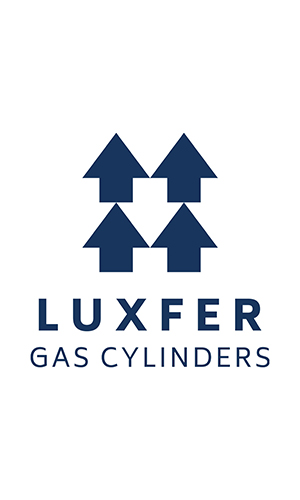Tanks A Lot
Contributor
While technically you are correct, it has long been a pet peeve of mine that this distinction is made at all. I had all too often customers angry at me when I had to tumble their aluminum cylinders, as "aluminum doesn't rust!!!!11!!"[...]I think he means steel will rust. Aluminum oxidizes but doesnt rust.[...]
The oxidization of steel, as well as aluminum, are both redox reactions, which means one element loses electrons (oxidizes) while another gains electrons (gets reduced). To keep it simple, let's stick to base elements and not alloys.
The iron (steel) side would look like this:
It all starts with two iron atoms (2Fe) giving up four of their electrons.
2Fe -> 2Fe2+ + 4e-
We now have four electrons (4e-) at our disposal and are left with 2Fe2+, which are called iron cations. These four electrons in combination with water are used in the reduction of oxygen to form hydroxide ions. Reduction here means a gaining of electrons.O2 + 4e- + 2H2O -> 4OH-
Taking our 2Fe2+ iron cations from above and the 4OH- hydroxide, we get hydroxide irons.
Fe2+ + 2OH- -> Fe(OH)2
These hydroxide irons now undergo dehydration and yield:
Fe(OH)2 -> FeO + H2O
The FeO in the last equation is iron oxide which we commonly call rust and the water is free to do some more oxidizing as the electrolyte.
Now let us look at how aluminium would form an oxide.
It all starts with two iron atoms (2Fe) giving up four of their electrons.
2AL -> 2AL3+ + 6e-
We now have six electrons (6e-) at our disposal and are left with 2AL3+, which are called iron cations. These fix electrons in combination with water are used in the reduction of oxygen to form hydroxide ions. Reduction here means a gaining of electrons.6e- + 6H2O -> 3H2 + 6OH-
Taking our 2AL3+ iron cations from above and the 6OH- hydroxide, we get
2AL3+ + 6OH- -> 2AL(OH)3
The aluminium hydroxide now undergoes dehydration and yields:
2AL(OH)3 -> AL2O3 + 3H2O
The AL2O3 in the last equation is aluminium oxide, which we inexplicably do not call rust, and the water is free to do some more oxidizing as the electrolyteThe above formulas are very idealistic, leaving aside other oxides forming and assuming pure elements. Both are incorrect for real-world usage.
Looking at the formulas, it is clear that the oxidizing of iron is not special or different from the oxidizing of aluminum, yet one has a special name - rust. Again, you are absolutely correct in saying that aluminum doesn't rust, but from an objective point of view, both reactions are the same. It is a construct of language that makes the two appear different, when really they are not. I wish we would stop making this distinction, as it has brought much confusion in my experience.
I'm well aware of the passivation layer that aluminum oxide can provide in specific scenarios, while iron always forms a flaky layer.




